The Ultimate Guide On How To Care, Style and Treat Asian Hair Types
We all know that one size definitely does not fit all.
Whether you’ve got oily or dry skin, are a blonde or brunette, a Virgo or a Capricorn, we all have different needs that require a tailored and considered approach, especially when it comes to beauty. With such a distinct look and structure, women from an Asian background and those silky, beautiful strands, comes with its own set of unique challenges and concerns that are often overlooked in the often homogenised world of beauty. We spoke to Asian-Australian hairstylist Budi Juspandi to give us the lowdown on caring for this hair type—including her top styling tips—so you’ll never have to wonder how to hold a curl (and have it actually stay put) again.
Avoid excess oil and heavy conditioning agents
For women with this hair type, you likely know that your hair is typically less dense than other hair types so oils and conditioning agents can weigh the hair down and cause product build-up. “As a general rule, I would avoid any products that contains lots of oil, as well as heavy moisturising conditioners as they can weigh the hair down and make it look flat and greasy,” says Juspandi. Instead of focusing on the shaft and ends of the hair, she suggests turning your attention to the hair follicle and scalp, which should be cleansed and treated regularly. “I see a lot of Asian women missing [this step], which is essential as they tend to have oilier scalps and need to regularly treat the area in order to keep it clean and healthy—regular massages and scalp scrubs are the way to go,” she says. Try Christophe Robin Cleansing Purifying Scrub With Sea Salt.
[responsive imageid=’31639′ size1=’0′ size2=’641′ size3=’1024′]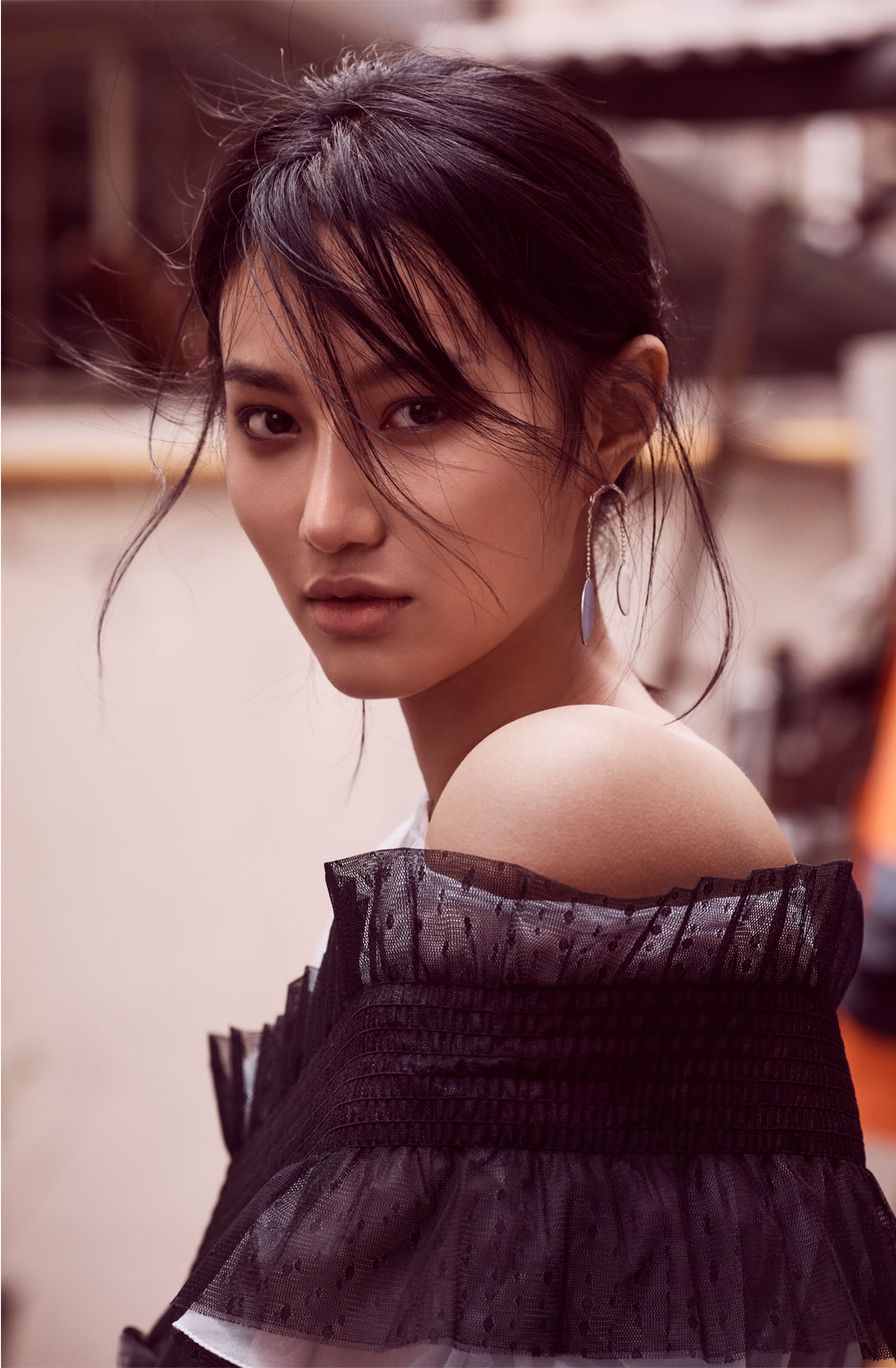 [/responsive]
[/responsive]
Model wears black mesh top, Stylist’s Own. Yvmin Earring.
Limit damaging treatments and procedures
While hair is less prone to breakage in comparison to other hair types and textures, it is notoriously hard to lighten. As much as we love a Fernanda Ly moment, it usually requires a lot of bleaching to achieve, which can result in serious damage. “Many Asian women ask how me blonde they can possibly go and how quickly they can get there—spending an obscene amount of money at the salon to go as light as they possibly can—and then spending even more to correct a brassy colour,” says Juspandi. “I often say that you need to know your limits; be realistic with what you can achieve without causing damage, and also what you are able to maintain.” Also, Juspandi adds that a top priority for those who have lightened, chemically straightened or permed their hair should be preventing further damage too by using restorative treatments on the reg. Olaplex Hair Perfector No.3 Treatment is the way to go.
[responsive imageid=’31640′ size1=’0′ size2=’641′ size3=’1024′]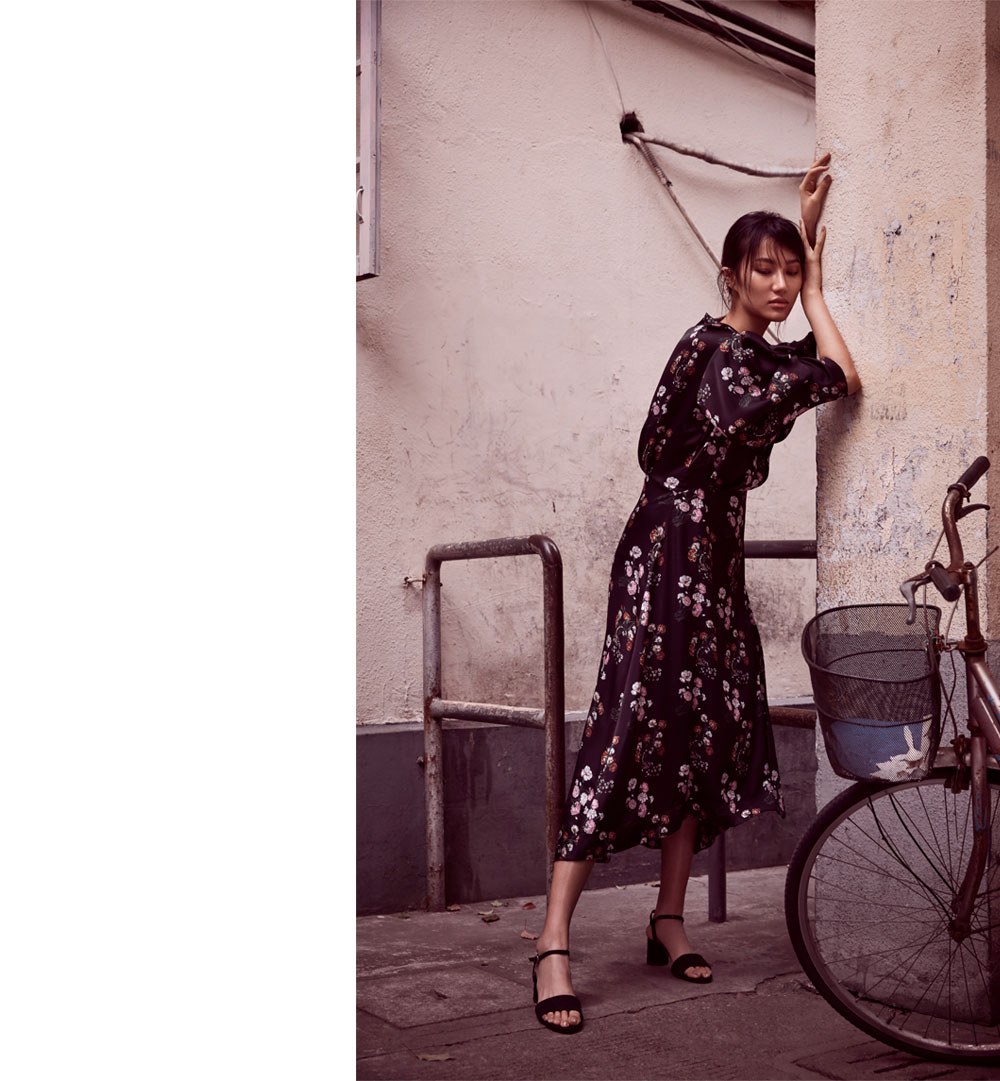 [/responsive]
[/responsive]
YINGPEI STUDIO dress. Stuart Weitzman.
Aloe vera is your best friend
Aside from treatment products, Budi has a natural, go-to treatment that she uses on herself and her clients—aloe vera.“One of the most well-known and effective hair treatments is freshly prepared aloe vera juice,” she says. “Apply it liberally to clean hair, including your scalp, and let it absorb for at least 30 minutes,” she explains. While it’s common knowledge that aloe vera is a wonder ingredient for the skin due to its antibacterial and antioxidant properties, according to Juspandi, it’s also beneficial for hair, recommending that Asian women use it regularly to nourish their scalp. “Aloe vera has anti-inflammatory and anti-fungal properties that calm irritation and treat the scalp, as well as high levels of protein and essential vitamins and minerals that can help to nourish the hair follicle,” she explains.
[responsive imageid=’31641′ size1=’0′ size2=’641′ size3=’1024′]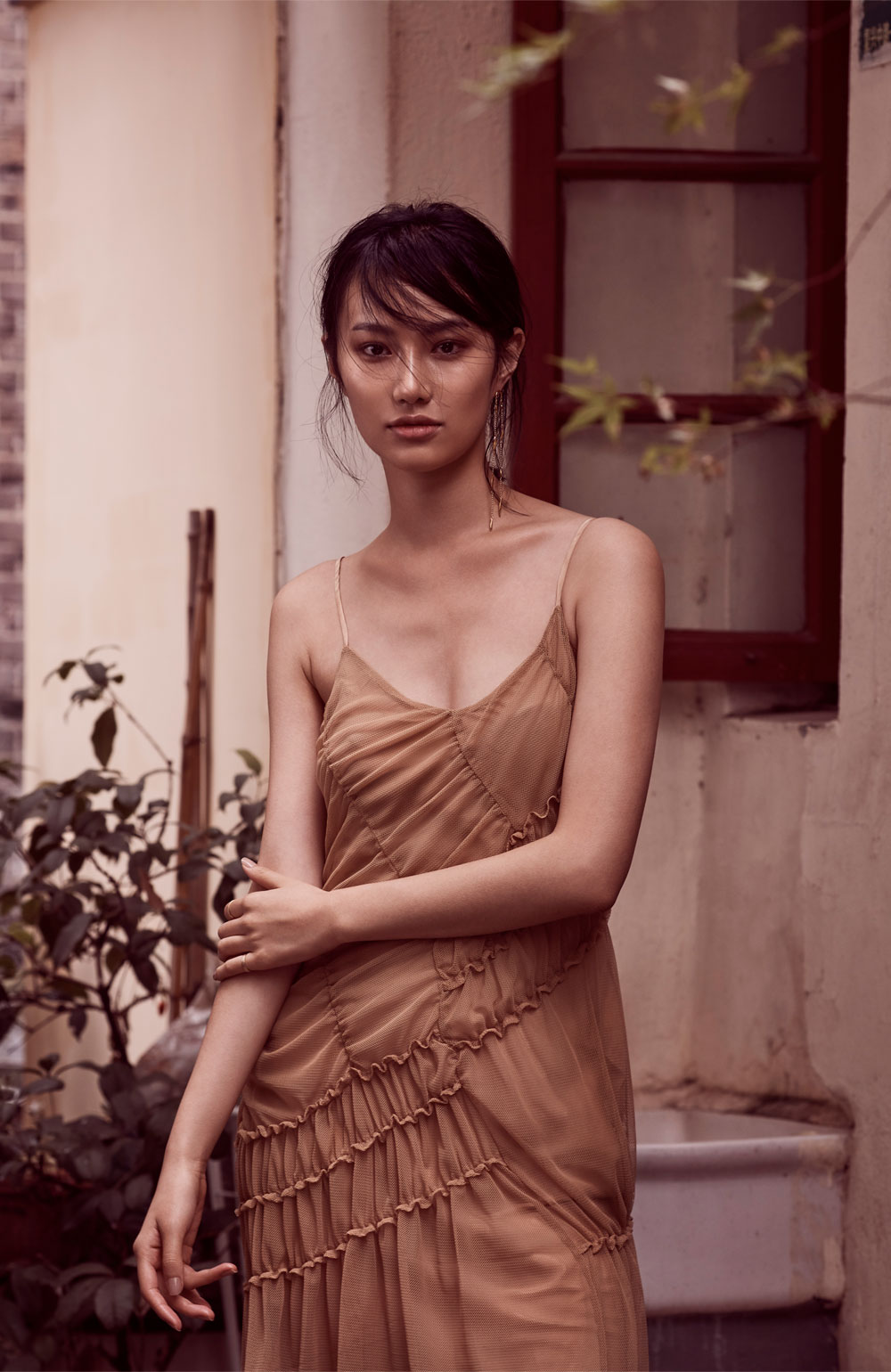 [/responsive]
[/responsive]
Rev’an Dress. Yvmin earring.
Less is more
One of the most common questions with Asian hair types is heat styling, as hair strands are typically more dense and therefore resistant to holding any movement or shape created by your curling wand or hairdryer. While it may be tempting to heap on a whole lotta product to maintain your blow-dry or undone waves, Juspandi advises the opposite. “Less is more,” she explains. “Avoid using too much of each product and instead focus on placement and the quality of the products you’re using.” Her top product picks? The lighter option, always. “Light mousse products and texturising sprays are the best products to use to create volume and texture,” she says. “My absolute favourite product for Asian hair types is the Oribe Maximista Thickening Spray which both lifts and holds the hair.” As for mousse, we rate the Living Proof Full Thickening Mousse.
[responsive imageid=’31638′ size1=’0′ size2=’641′ size3=’1024′]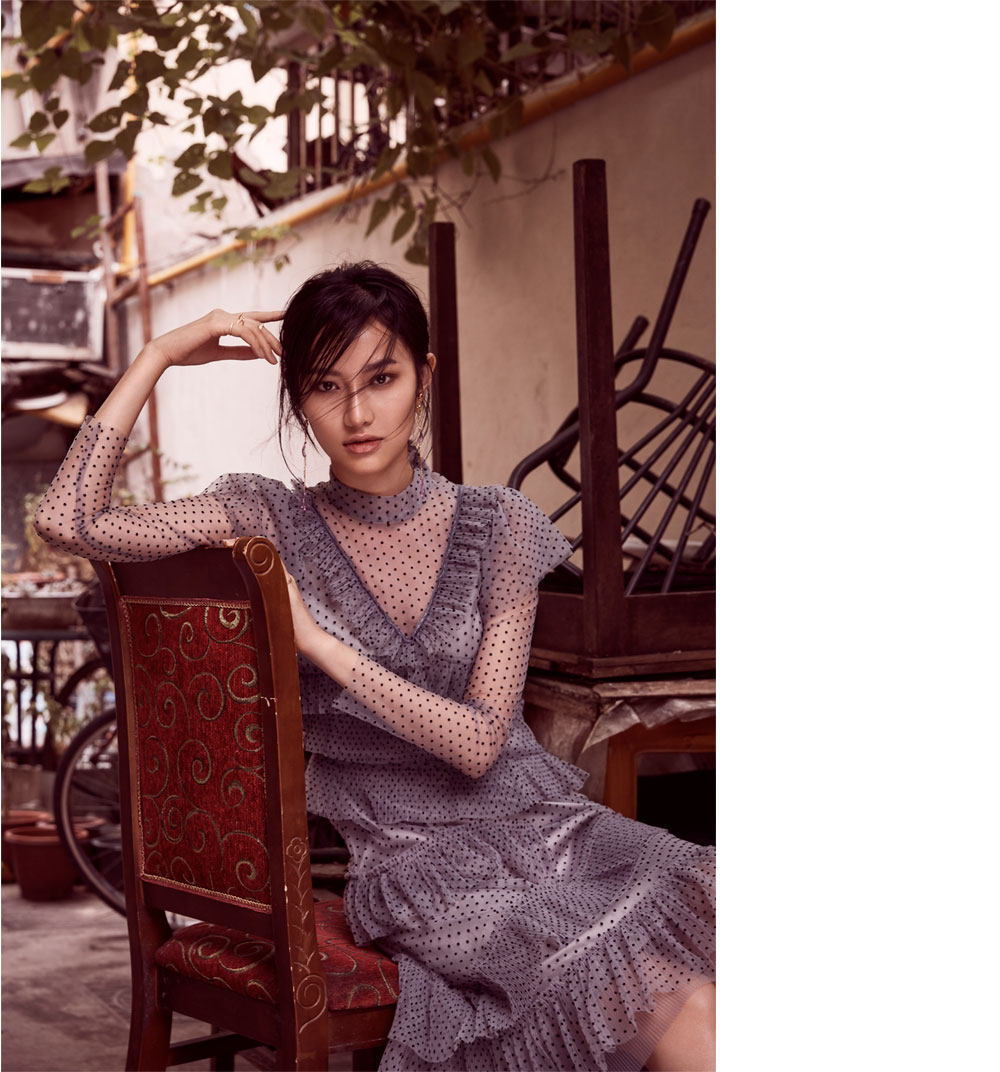 [/responsive]
[/responsive]
Rev’an Dress. Yvmin Dress.
The right heat-styling technique is essential
Prep all you want but you won’t be able to create dreamy soft curls or a next-level blowout without using the right technique. Luckily for us, Juspandi didn’t hold back and shared her heat styling methods that work a treat on Asian hair types. For a blow-dry, she recommends sectioning the hair and then apply a volumising spray prior to turning the heat on. “Then use a round brush—such as the ghd Ceramic Vented Radial Brush—to lift the hair upwards on medium heat,” she says. “Once the hair is about 85 percent dry, adjust to a higher heat and create movement by drying against the curve of the brush. Roll the hair onto the scalp and secure with curl pins and allow to cool.”
As for curling? “It’s absolutely vital that your hair is completely dry, otherwise any curl or wave will never stay in place,” says Juspandi. Her approach is to take small sections of hair and mist them with a lighter hairspray before using hot tongs or a curling wand on the hair, which she says will give the curl some additional hold. Try Sachajuan’s Light and Flexible Hairspray. “I’d also suggest using pin curl clips to set the hair while the curls cool completely, give it at least ten minutes after you’ve curled all the hair,” she adds. Seal it with a light touch of hairspray and you’re good to go.
If you have an Asian hair type, how do you treat it? Let us know in the comments.


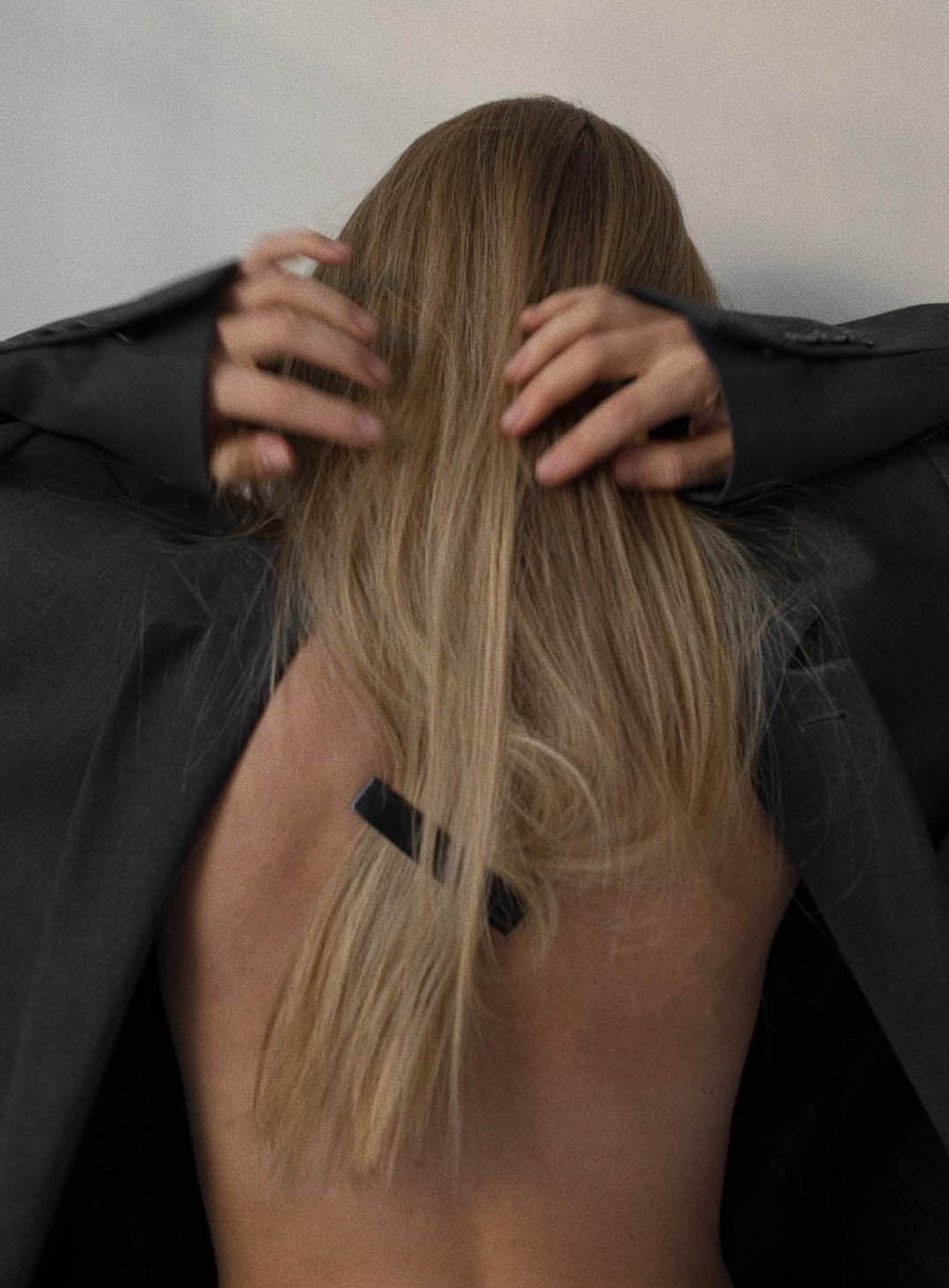
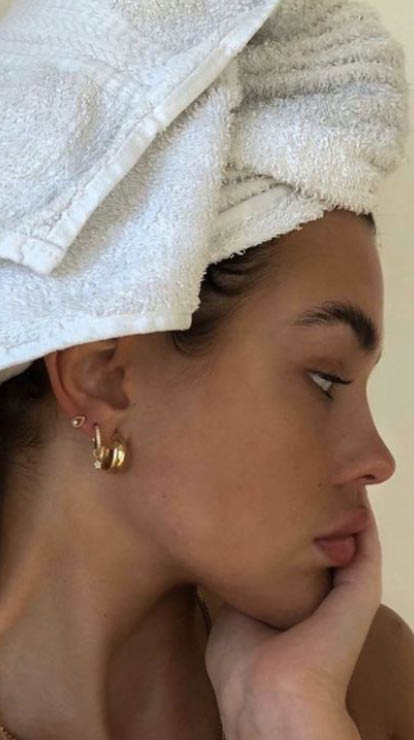



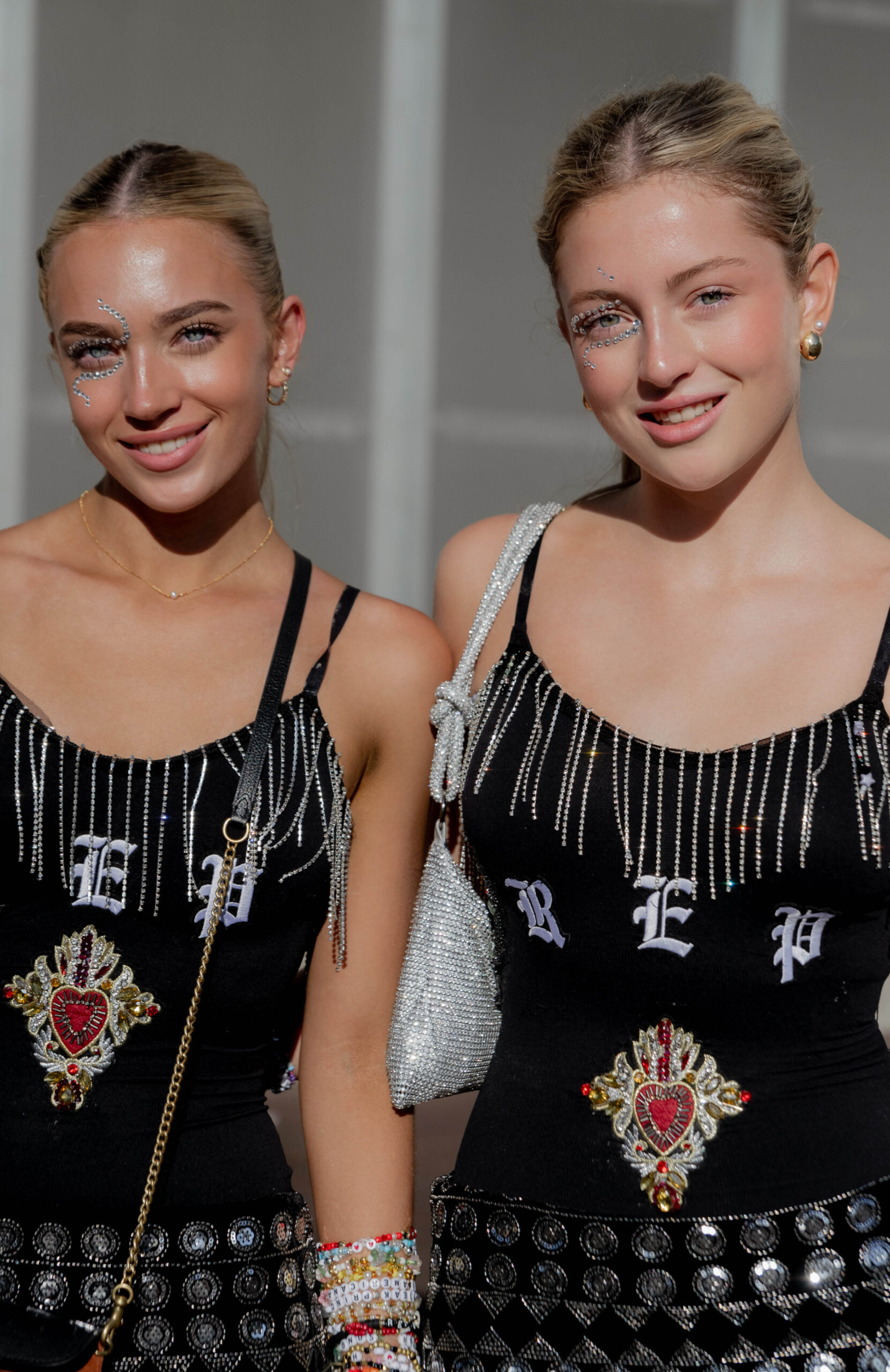

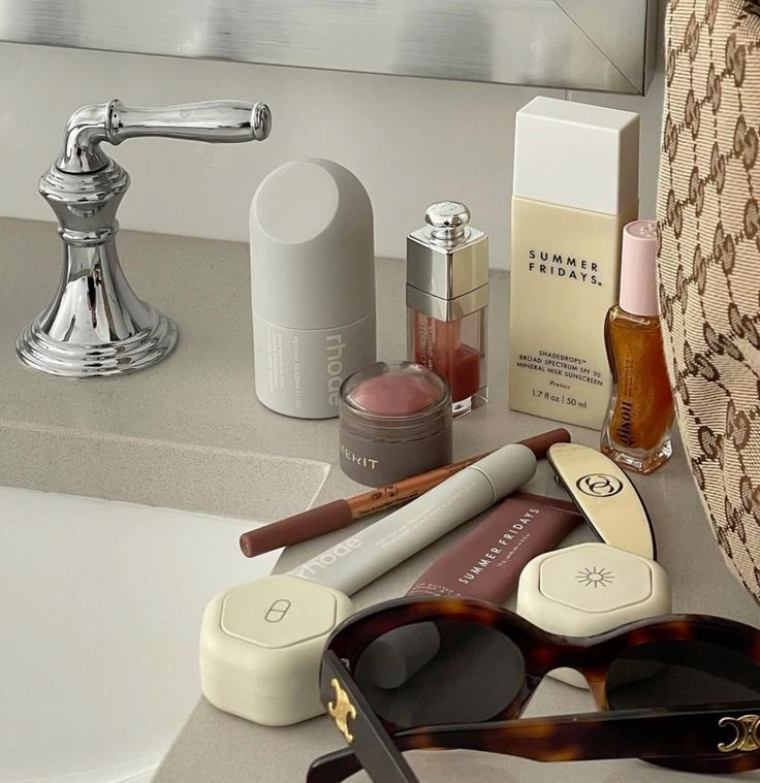
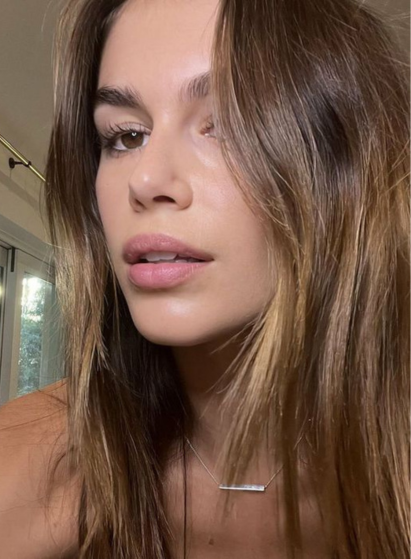

Comments
Do these tips also apply to very thick, possibly dry Asian hair? I noticed the model seems to have very thin hair. Also - do you have any opinion about using dry shampoo and conditioner for Asian hair?